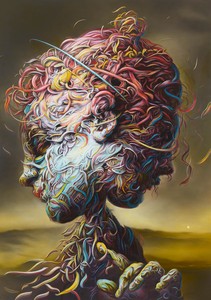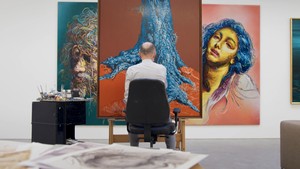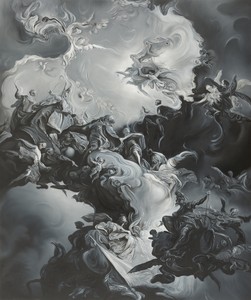
On Surrealism: Glenn Brown & Alexandria Smith
This year marks the centennial of André Breton’s “Surrealist Manifesto.” In its honor, the Royal Museums of Fine Arts of Belgium, Brussels, in close collaboration with the Centre Pompidou, Paris, staged the exhibition IMAGINE! 100 Years of International Surrealism, which will be traveling to the Hamburger Kunsthalle, Germany, and Fundación MAPFRE, Madrid, before closing at the Philadelphia Museum of Art. To mark the occasion and the exhibition, artists Glenn Brown and Alexandria Smith met to discuss the influence of the movement on their own practices.


































